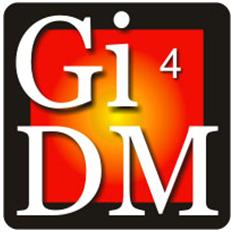With increasing population and rapid urbanisation the management of populations and the environment has become complex. One aspect of this management has been the prediction, monitoring, prevention, and governing of man-made hazards and natural disasters. One tool that has indispensable in this respect has been GIS.
Across the world, the ability to bring together diverse sources of spatial data, and analyze and report on situations as they develop in the field has been critical in organising evacuations, guiding on the scene responders and allocating resources to victims. Unquestionably GIS is now an established tool in disaster management.
Urbanisation has also led to the emergence of evermore complex cities with high population densities. Much of the human activity in these cities happens indoors. For this reason in recent years there has a great interest in mapping indoor and enclosed environments in cities. One of the motivations of this mapping is the management of safety and security scenarios, such as fires, gas leaks, terrorism, and so forth. Safety and security scenarios are not limited to buildings in cities, but also include factories, underground tube stations, mines to name a few.
As part of the ISPRS Geospatial Week 2015, GiD4M is organising a workshop on the application of GIS in disaster management in urban areas.

